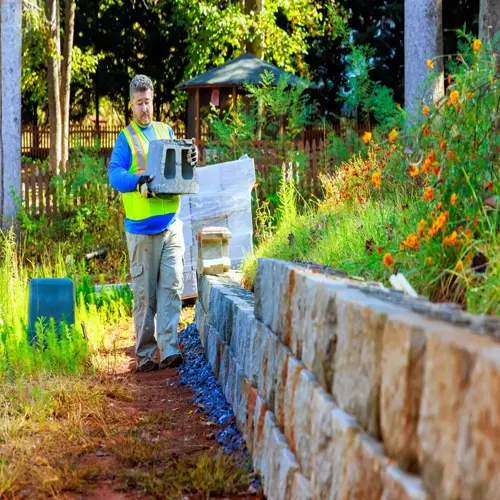10 Natural Squirrel Repellents That Work

Written by
Kiana Okafor
Reviewed by
Prof. Samuel Fitzgerald, Ph.D.Natural squirrel repellents, such as peppermint and cayenne, reliably disrupt scent trails in a short time
Homemade sprays made of garlic or vinegar work well enough, and are easy and safe
Plants such as daffodils and alliums act as a deterrent to digging and climbing
Using the right methods to apply deterrents will assure effectiveness, without any harm to plants or pets
Natural deterrents apply easily and are cost-effective and long term, combined with physical deterrents and/or commercial ones
Reapplying deterrents after a rain keeps natural products potent
Article Navigation
If you're like me, you want to deal with squirrels ruining garden raiding bird feeders, chewing structures with effective natural squirrel repellents. I get your frustration when you see plants disappear overnight. Those little rascals really know how to test your patience. And if they're driving you nuts, I completely understand. Trust me, I have the utmost respect that enough is enough. Obtaining a solution that works is crucial for any homeowner.
Humane eco friendly methods protect your property and wildlife. You want ways that respect nature whilst solving issues. In this article, I will go over ten proven methods I have tried, through years of testing. They create safe boundaries while doing no harm to the squirrels or the ecosystem.
Plants and Spices as Natural Barriers
Some plants put out very potent sensory barriers that squirrels avoid. The mint family overwhelms their olfactory senses. Daffodils introduce toxins that their instincts do not allow them to overcome. I place these around my vegetable patch every spring. The odors act as instant confusion to their foraging instincts.
For fast-acting results, try peppermint for zones 3 to 9, or garlic for zones 4 to 9; these work within days. Marigolds will give year-round protection in warmer zones and stay pet safe. Daffodils are the fastest-acting, but be aware that pets may be curious.
Spices such as cayenne and cinnamon provide instant barriers once sprinkled down. The intense heat and smell cause immediate disruption to squirrels, leaving them confused. I keep jars near vulnerable locations so I always have one handy. I reapply once a week and after every rain for a continuous barrier.
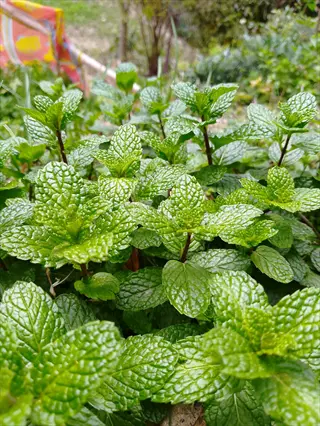
Peppermint
- Fact: The strong menthol aroma disrupts squirrels' scent tracking abilities, making it difficult for them to locate food sources effectively. Plant near garden entry points.
- Grows 1-3 feet tall in USDA zones 3-11. Prefers partial shade and consistently moist soil conditions for optimal growth performance throughout the season.
- Crushing leaves releases additional menthol scent that enhances repellent effects. Reapply crushed material every two weeks during active squirrel foraging seasons.

Marigolds
- Fact: Pyrethrum compounds create bitter taste sensations that squirrels actively avoid. Effective when planted as protective borders around vegetable gardens and flower beds.
- Space plants 6-8 inches apart in locations receiving full sunlight. Continuous blooming occurs from spring until the first hard frost in most temperate climates.
- Regular deadheading of spent flowers prolongs blooming period. Replace plants annually to maintain maximum scent potency for consistent squirrel deterrence.
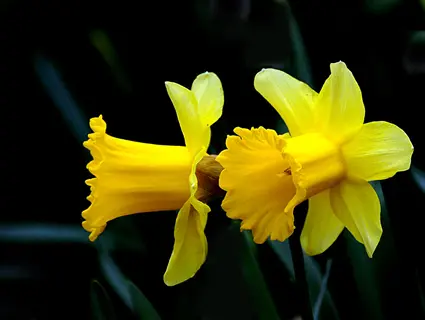
Daffodils
- Fact: Lycorine alkaloids make all plant parts toxic, causing squirrels to instinctively avoid these spring-blooming bulbs and surrounding planting areas completely.
- Plant bulbs 6 inches deep during autumn months. Space them 4-6 inches apart in USDA zones 3-9 for proper growth and naturalization over time.
- Bulb colonies expand naturally over several years. Divide clusters every 3-5 years when flowering diminishes to maintain optimal squirrel-repelling effectiveness.
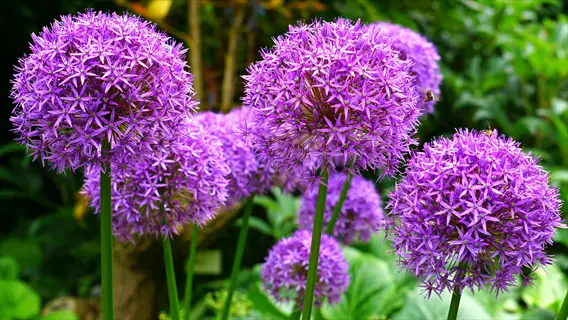
Alliums
- Fact: Sulfur compounds emit scents that mimic natural predator odors, effectively deterring squirrels from approaching protected areas like fruit trees and shrubs.
- Height ranges from 1-4 feet depending on specific variety. Requires full sun exposure and well-drained soil conditions for healthy development.
- Excellent companion plants for roses and carrots. Blooms typically appear during late spring through early summer months in most growing regions.
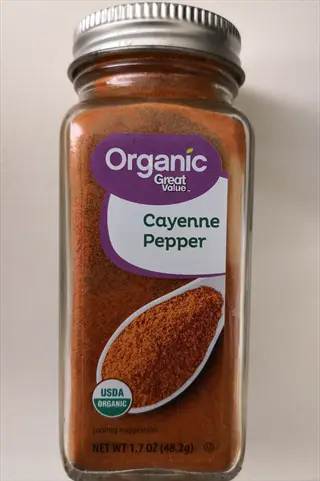
Cayenne Pepper
- Fact: Capsaicin causes significant irritation to squirrels' sensitive paws and mouths upon contact. Apply weekly around bird feeder poles for consistent results.
- Create spray by mixing 2 tablespoons powder with 1 cup vegetable oil base. Shake container vigorously before each application to ensure proper dispersion.
- Reapply immediately following rainfall events. Always wear protective gloves during handling to prevent accidental skin irritation and discomfort.
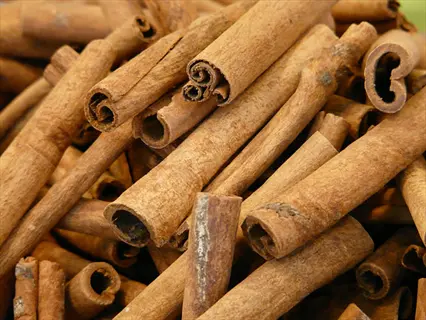
Cinnamon
- Fact: Potent scent effectively masks appealing food odors, confusing foraging squirrels. Monthly application around compost bins creates reliable odor barriers.
- Combine with used coffee grounds to enhance repellent effect. Apply approximately 1/4 cup per square yard for adequate coverage density.
- Refresh applications after watering or rainfall. Safe for use near edible plants when applied directly to soil surfaces only.
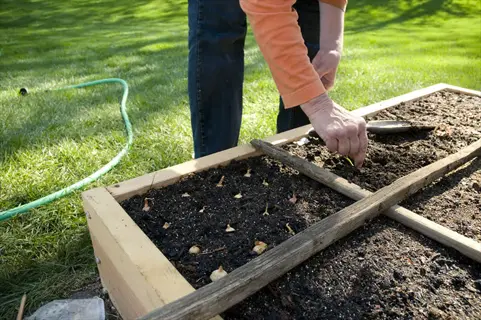
Garlic
- Fact: Allicin creates lingering odor barrier that repels squirrels when released through crushing. Particularly effective for protecting vulnerable tulip bulbs.
- Make spray solution by crushing cloves with water (1 cup water per 3 cloves). Strain mixture before transferring to spray bottles for application.
- Apply every 10-14 days during growing season. Reapplication necessary when temperatures exceed 85°F (29°C) due to increased scent dissipation.
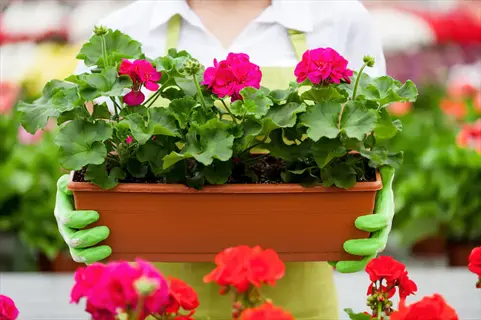
Geraniums
- Fact: Strong floral scent overwhelms squirrels' sensitive olfactory systems. Ideal for container gardens placed near patios, decks, and home entryways.
- Pelargonium varieties demonstrate highest effectiveness. Require full sun exposure and consistent weekly watering for optimal growth and flowering performance.
- Regular deadheading promotes continuous blooming. Bring containers indoors to overwinter in climates experiencing freezing temperatures during cold months.
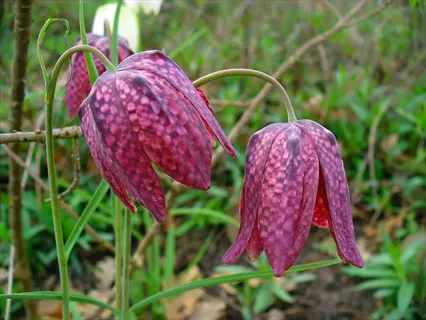
Fritillaria
- Fact: Bulb alkaloids naturally repel burrowing animals including squirrels. Plant around vegetable garden perimeters to create protective underground barriers.
- Requires well-drained soil conditions to prevent bulb rot. Blooms emerge during early spring before peak squirrel foraging activity typically begins.
- Plant bulbs 8 inches deep with 10-12 inch spacing between them. This allows sufficient room for growth while maximizing visual impact.
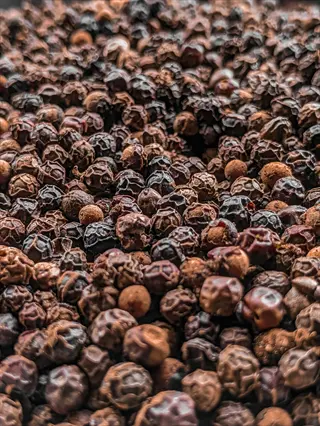
Black Pepper
- Fact: Piperine causes temporary discomfort upon contact, deterring squirrels from treated pathways and garden borders when mixed with sand substrates.
- Create barrier mixture using 1/4 cup pepper combined with 2 cups used coffee grounds. Apply around foundation edges and garden borders.
- Refresh applications monthly during dry periods. Avoid direct application on plant foliage to prevent potential damage to sensitive leaves.
Homemade Repellent Recipes
Making cayenne pepper spray requires specific measures to ensure it works efficiently. Combine 2 tablespoons of cayenne powder, 1 cup of vegetable oil, and 1 quart of water in a jar. Always wear gloves and eye protection to ensure your safety. This solution will only last 3-5 days, then it will need to be refreshed.
A basic vinegar repellent consists of equal parts apple cider vinegar and water. Optionally, add 10 drops of peppermint oil for added potency. Store in glass containers in a dark place. This repellent will typically keep squirrels away for about a week.
For extended protection, you can't go wrong with garlic oil concentrate. Simply steep 10 crushed garlic cloves in mineral oil for 48 hours, strain, and dilute 1 part concentrate with 10 parts water. Store in plastic bottles for up to 3 months.
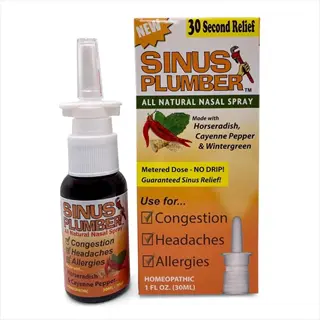
Cayenne Pepper Spray
- Formula: Mix 2 tablespoons cayenne powder with 1 cup vegetable oil and 1 quart (0.95 liters) water. Shake vigorously before each use.
- Application: Spray directly on plants, soil, and structures. Reapply every 3-5 days and immediately after rainfall.
- Safety: Wear gloves and eye protection. Avoid spraying on windy days to prevent accidental inhalation.
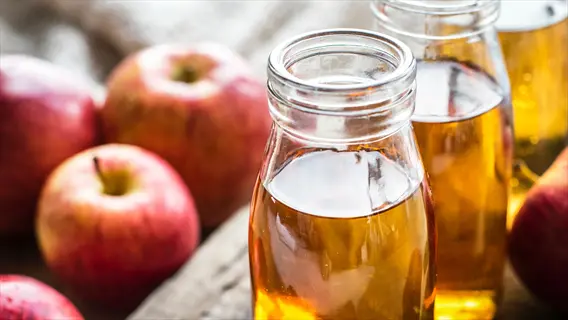
Apple Cider Vinegar Solution
- Formula: Combine equal parts apple cider vinegar and water (1:1 ratio). For stronger effect, add 10 drops peppermint oil.
- Application: Soak rags and place near entry points. Spray on non-plant surfaces. Refresh weekly for continuous protection.
- Safety: Test on small surface first to prevent discoloration. Keep away from pets due to strong odor.
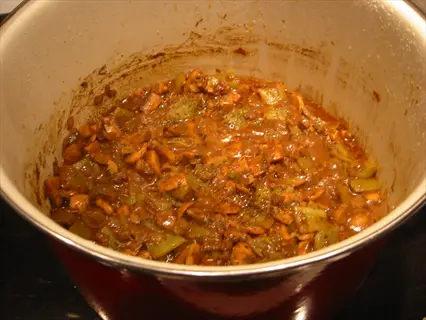
Garlic-Chili Infusion
- Formula: Boil 1 chopped garlic bulb with 2 tbsp chili flakes in 4 cups (0.95 liters) water for 20 minutes. Strain after cooling.
- Application: Apply to soil and plant bases using spray bottle. Effective for 7-10 days before reapplication needed.
- Safety: Use in well-ventilated areas during preparation. Store in glass containers for maximum shelf life.
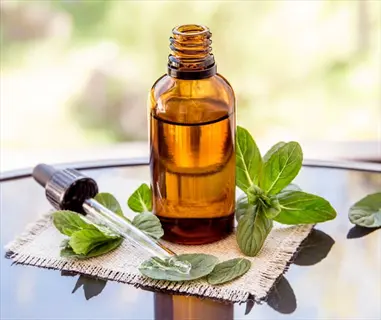
Peppermint Oil Blend
- Formula: Mix 15 drops peppermint oil with 1 cup (240 ml) water and 1 tsp liquid soap as emulsifier. Shake well before spraying.
- Application: Mist around garden perimeters and squirrel pathways. Reapply every 5-7 days for ongoing effectiveness.
- Safety: Keep away from eyes and mucous membranes. Store in cool, dark place to preserve oil potency.
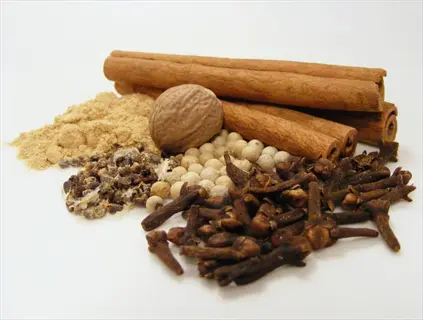
Cinnamon-Clove Barrier
- Formula: Combine 1/4 cup ground cinnamon with 2 tbsp ground cloves. Mix with sand for extended coverage.
- Application: Sprinkle around plant bases and garden borders. Refresh every 2 weeks or after heavy watering.
- Safety: Non-toxic to plants but may stain light surfaces. Use sparingly near indoor ventilation systems.
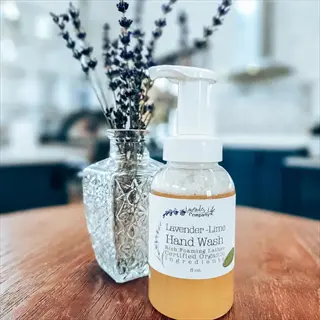
Soapy Water Repellent
- Formula: Add 2 tablespoons dish soap to 1 gallon (3.8 liters) water. Use castile soap for plant-friendly application.
- Application: Spray directly on plants being eaten. Creates slippery residue squirrels avoid. Apply every 4-6 days.
- Safety: Choose biodegradable soaps. Avoid during peak sunlight hours to prevent potential leaf burn.
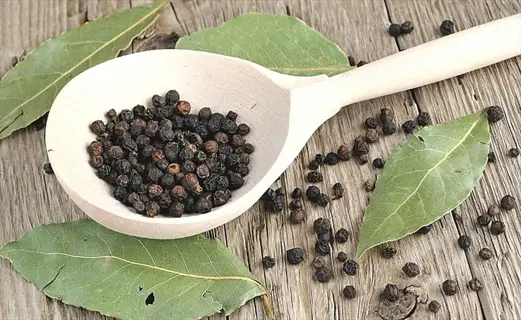
Black Pepper Defense
- Formula: Grind 1/4 cup black peppercorns mixed with 2 cups coffee grounds. Add water to form paste if desired.
- Application: Spread around garden edges and near structures. Effective for 10-14 days before refresh needed.
- Safety: Wear mask during grinding. Keep away from areas frequented by small children or pets.
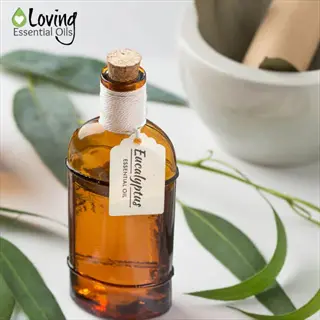
Eucalyptus Oil Spray
- Formula: Blend 10 drops eucalyptus oil with 1 cup (240 ml) water and 1 tsp vegetable glycerin as stabilizer.
- Application: Mist on outdoor furniture and deck railings. Provides protection for 7-10 days per application.
- Safety: Do not use near cats. Store in amber bottle away from direct sunlight to maintain effectiveness.
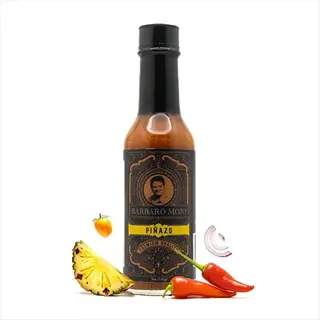
Vinegar-Hot Sauce Mix
- Formula: Combine 1 cup white vinegar with 1/4 cup hot sauce and 2 cups (0.47 liters) water. Stir thoroughly.
- Application: Spray on fences, sheds, and non-plant surfaces. Reapply after rain or every 5 days minimum.
- Safety: Avoid contact with eyes. Wash hands immediately after handling. Do not use on delicate surfaces.
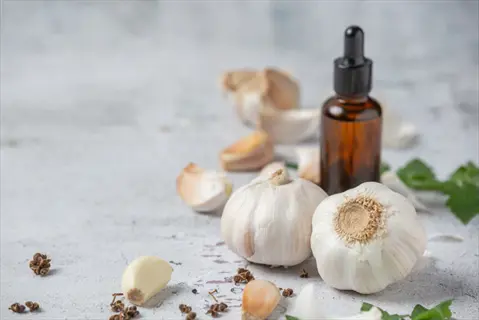
Garlic-Oil Concentrate
- Formula: Steep 10 crushed garlic cloves in 2 cups mineral oil for 48 hours. Strain before diluting 1:10 with water.
- Application: Apply to tree trunks and wooden structures. Lasts 2-3 weeks before requiring reapplication.
- Safety: Strong odor may linger. Use in outdoor spaces only. Label containers clearly for safe storage.
Commercial Repellent Solutions
There are two types of commercial repellent categories: scent-based formulas registered with the US EPA and physical barriers. Scent products, especially capsaisin sprays, create an invisible boundary that squirrels are prompted to avoid. Granular repellents create nasty textures for squirrel feet. I prefer scents for plants & granulars for soil.
To achieve optimal results, match products to the surfaces on which they will be used. Use liquid sprays on wood structures and foliage. Apply granules around garden perimeters and bulbs. Some brands cover 1,000 square feet per quart, making them cost-efficient. Always verify coverage rate beforehand.
Choose biodegradable formulas using plant-based ingredients. They break down safely and do not add negative effects to the soil. Pet-safe formulas are formulated to avoid capsaicin, especially in areas where animals are present. Look for OMRI-certified products to ensure they meet organic standards, providing extra peace of mind.
Protecting Key Areas
Begin with high impact zones such as vegetable gardens and bird feeders. Set up 1/4-inch hardware cloth fencing buried 12 inches deep and built to a height of 3 feet. That will immediately stop their digging and climbing. Use chicken wire cages with 1-inch mesh for bulbs.
Adjust protections seasonally with simple adjustments. Reapply repellent sprays frequently in the summer, but for winter, you will need physical barriers to keep squirrels at bay. Snow cover will necessitate taller or extended fence sections. During dry seasons, apply more liquid solutions than granular solutions.
Spend less using budget alternatives like crushed oyster shells instead of commercial granules. Used plastic netting works as a temporary cover. I currently use recycled coffee grounds around my garden beds. These options cost next to nothing, but provide some honest protection.
Vegetable Gardens
- Install 1/4-inch hardware cloth fencing buried 12 inches deep around perimeter to prevent digging. Extend height to 3 feet above ground to block climbing.
- Apply granular repellent every 3 weeks around plant bases. Use cayenne pepper spray directly on leafy greens every 5-7 days after washing harvest.
- Cover seedlings with plastic netting secured by landscape staples. Remove covers once plants reach 6 inches height for proper sunlight exposure.
Flower Beds and Bulbs
- Place chicken wire cages over bulb planting sites before covering with soil. Use 1-inch grid size to allow growth while blocking access.
- Mix crushed oyster shells into top 2 inches of soil. Sharp edges deter digging while adding calcium to benefit flowering plants.
- Apply squirrel repellent spray on emerging buds every 10 days. Focus on tulips and crocuses which are most vulnerable to squirrel damage.
Bird Feeders
- Install pole baffles at 5 feet height with 18-inch diameter. Position feeders 10 feet from trees or structures to prevent jumping access.
- Use weight-activated feeders that close ports under 6 pounds pressure. Fill with safflower seeds which squirrels dislike but birds enjoy.
- Apply capsaicin spray to feeder poles weekly. Reapply immediately after rain to maintain irritating residue that discourages climbing.
Fruit Trees
- Wrap trunks with 24-inch metal flashing secured 6 inches into ground. Prevents bark stripping while allowing growth expansion.
- Install netting canopies during fruiting season. Use 3/4-inch mesh size suspended 2 feet above canopy for full coverage without branch damage.
- Apply sticky trunk barriers 4 feet high. Reapply horticultural glue monthly to maintain surface that deters climbing animals.
Home Structures
- Seal attic vents with 1/4-inch hardware cloth. Extend coverage 12 inches beyond openings to prevent chewing through edges.
- Install chimney caps with stainless steel mesh. Choose models with 3/4-inch gaps to block entry while allowing proper ventilation.
- Apply taste deterrent spray on wooden eaves monthly. Focus on southwest-facing areas where squirrels most commonly chew for nesting.
Safe Application Guide
Always wear protective equipment like nitrile gloves and safety glasses. This prevents repellents from getting on your skin and eyes. I learned this after my hands reacted to the capsaicin spray. Use long-sleeved shirts to cover your arms, and closed-toe shoes too.
Avoid harming the environment by taking weather forecasts into account. Avoid spraying before rain to avoid chemical runoff to all bodies of water. Create buffer zones of safety from ponds and streams. Always apply products to plants in calm winds and below 85 degrees Fahrenheit to minimize drift to beneficial insects.
Keep concentrates in original containers with the labels intact. Lock in cool, dark places below 77°F (I have placed mine high on garage shelves). Dispose of expired products at designated hazardous waste sites; never dispose of them in sinks or drains.
Determine sensitive zones ahead of spraying. Completely avoid bird feeders, plant materials that grow edible plants, and beehives. To mark these areas initially, use flags to designate these places. Instead, look to apply applications on occupied squirrel pathways in the landscape, such as following fence lines or garden borders.
Personal Protective Equipment
- Always wear nitrile gloves and safety goggles when handling concentrated repellents to prevent skin/eye irritation. Latex gloves are insufficient against oil-based formulas.
- Use N95 respirators when spraying fine mists or working with powder formulations in enclosed spaces to avoid respiratory irritation from airborne particles.
- Wear long-sleeved clothing and closed-toe shoes during application. Wash exposed skin immediately after handling any repellent formulations.
Environmental Precautions
- Avoid application within 24 hours of predicted rainfall to prevent chemical runoff into waterways. Check local weather forecasts before spraying.
- Never apply directly to water sources or within 10 feet of ponds/streams. Create buffer zones around sensitive ecological areas.
- Apply during calm weather conditions below 85°F (29°C) to minimize evaporation drift and maximize product adherence to surfaces.
Pet and Wildlife Safety
- Restrict pet access to treated areas for minimum 48 hours after application. Use physical barriers when necessary for containment.
- Avoid bird feeders and nesting areas during application. Never spray directly on feeders or bird baths to prevent contamination.
- Choose dawn/dusk application times when beneficial insects like bees are least active to minimize non-target exposure.
Proper Storage
- Store concentrates in original containers with intact labels. Never transfer to food/drink containers to prevent accidental ingestion.
- Keep in cool, dark locations below 77°F (25°C). Maintain storage areas locked and out of children's reach at all times.
- Dispose of expired products at hazardous waste facilities. Never pour unused repellents down drains or into soil.
Application Techniques
- Test sprays on small inconspicuous areas first to check for plant discoloration. Wait 24 hours before full application.
- Maintain 12-inch distance between nozzle and plants during spraying. Use fan-spray settings for even coverage without oversaturation.
- Clean equipment immediately after use with soap and water. Triple-rinse sprayers before switching between different repellent formulas.
5 Common Myths
Mothballs effectively repel squirrels due to their strong odor that drives animals away from treated areas.
Mothballs contain naphthalene or paradichlorobenzene which are toxic to squirrels but also contaminate soil and groundwater. Their repellent effect diminishes within days as vapors dissipate, while posing significant poisoning risks to pets and children who might ingest them. More importantly, many regions legally prohibit outdoor use of mothballs as pesticide applications.
By broadcasting ultrasonic frequencies, ultrasonic devices promise lasting solutions for squirrels by creating an intolerable circumstance for the rodents.
They begin to habituate within 7-10 days of exposure as they determine the sounds do not pose a real threat and they are not in danger. Also, it is essential to realize that devices will only work in the direct line of sight, the sounds will not travel through walls or furniture. Studies also show efficacy decreases even more when multiple squirrels are around, as the animals' social behavior supersedes their discomfort. Combining physical barriers with scent deterrents is much more effective for a long-term solution.
All spicy substances work to deter squirrels because all mammals dislike capsaicin and similar irritants.
Squirrels exhibit varying sensitivity to capsaicinoids based on dietary sources in a geographical area and genetics. Birds can eat capsaicin-based products without any adverse effect; therefore, these products will specifically deter birds. Field tests show that garlic and mustard-based products often outperform capsaicin-based products. Importantly, squirrels build tolerance to repellents made from one ingredient so you will need to rotate repellent formulations to maintain efficacy.
Squirrels lack the ability to climb smooth materials, such as metal poles or plastic bird feeders.
Squirrels have customized ankle joints that allow their feet to rotate 180 degrees, allowing them to descend headfirst and grip smooth surfaces. They also have sharp claws that generate sub-microscopic traction points on an otherwise smooth surface. In the field, it has been observed that squirrels regularly climb metal poles that have been coated with vegetable oil. These types of baffles that are at least 18 inches wide and installed the proper height up the pole will provide effective prevention.
Standard-use repellents damage plant and soil health.
When used as directed, properly formulated natural repellents actually enhance soil microbiology. Pepper-based sprays improve microbial diversity, while garlic compounds control pathogenic fungi. Commercial brands have gone through rigorous phytotoxicity trials with no plant damage at the appropriate concentration. The issue has an origin in improperly diluting a concentrate or applying an oil-based formulation during peak sunlight and causing temporary sunburn-like leaf damage.
Conclusion
Green methods can be very effective for squirrels when used consistently. The natural techniques we talked about protect your home without harming wildlife. Achieving long-term success can be achieved by combining barriers, such as fencing, with scent repellents. This balanced approach protects nature and resolves challenges.
When thinking about the primary defenses against squirrels, always combine physical protection with any natural deterrent. Start with more vulnerable spots, such as gardens and structures. Use a combination of both plant barriers and scent sprays, as well as commercial products (if necessary). Layering these forms of defense allows for more robust protection against bothersome squirrels.
Now that you have some practical ways to take immediate action. You started this journey with an easy first step: either growing mint or making cayenne spray. I urge you to take action today, adapting what you do to suit you. Use these humane solutions to navigate your space.
External Sources
Frequently Asked Questions
What natural scents effectively repel squirrels?
Squirrels strongly dislike these natural scents:
- Peppermint and spearmint oils disrupt their scent tracking
- Cayenne pepper and chili powder irritate their senses
- Garlic and vinegar create lingering odor barriers
- Cinnamon and clove overwhelm their sensitive noses
- Predator scents like fox urine trigger instinctive avoidance
How do you make homemade squirrel repellent?
Effective homemade repellents combine natural ingredients:
- Mix 2 tbsp cayenne powder with 1 cup vegetable oil and water
- Blend equal parts vinegar and water with peppermint oil
- Steep crushed garlic cloves in mineral oil for 48 hours
- Combine ground cinnamon and cloves with water for spraying
- Add liquid soap as emulsifier to help ingredients bind
What plants naturally deter squirrels?
These plants create effective natural barriers against squirrels:
- Peppermint and spearmint plants release strong menthol aromas
- Daffodils contain toxic alkaloids squirrels instinctively avoid
- Alliums like garlic and onions emit sulfur compounds
- Marigolds produce bitter-tasting pyrethrum compounds
- Fritillaria bulbs release underground repellent chemicals
How often should I reapply natural repellents?
Reapplication frequency depends on weather and repellent type:
- Spray solutions require refreshing every 3-7 days
- After heavy rainfall, immediately reapply all liquid repellents
- Granular options last 2-4 weeks before refreshing
- Essential oil blends evaporate fastest in warm temperatures
- Plant-based barriers need seasonal reinforcement as plants mature
Are natural squirrel repellents safe for pets?
Most natural repellents are pet-safe when properly applied:
- Avoid capsaicin sprays near pet feeding areas
- Use peppermint oil cautiously around cats
- Store concentrates out of animals' reach
- Restrict pet access during application
- Choose pet-friendly options like daffodils or marigolds
Where should I apply squirrel repellents?
Focus repellent application on key squirrel pathways:
- Around garden perimeters and plant bases
- Along fence lines and structural foundations
- Bird feeder poles and hanging baskets
- Near attic vents and roof access points
- Entry points to vegetable gardens and flower beds
How do coffee grounds repel squirrels?
Coffee grounds create multiple deterrent effects:
- Strong aroma masks food sources squirrels seek
- Gritty texture irritates their sensitive paws
- Nitrogen content alters soil chemistry they dislike
- Combines well with pepper for enhanced repellency
- Acidity makes environments uncomfortable for burrowing
Can essential oils effectively deter squirrels?
Certain essential oils work well as repellents:
- Peppermint oil: 15-20 drops per cup of water
- Eucalyptus oil: Creates strong respiratory discomfort
- Tea tree oil: Has antifungal properties they avoid
- Citrus oils: Disrupt scent trails effectively
- Clove oil: Overpowers their sensitive olfactory senses
What physical barriers work with natural repellents?
Combine repellents with these physical barriers:
- Hardware cloth fencing buried 12 inches deep
- Chicken wire cages over bulbs and seedlings
- Pole baffles with 18-inch diameter minimum
- Netting suspended over fruit trees and bushes
- Metal flashing around tree trunks and structures
Why rotate different repellent types?
Regular rotation prevents squirrels from developing tolerance:
- Squirrels adapt to single-ingredient solutions quickly
- Changing formulas confuses their scent memory
- Prevents habituation to specific deterrent effects
- Seasonal changes require different approaches
- Targets multiple senses simultaneously for effectiveness

